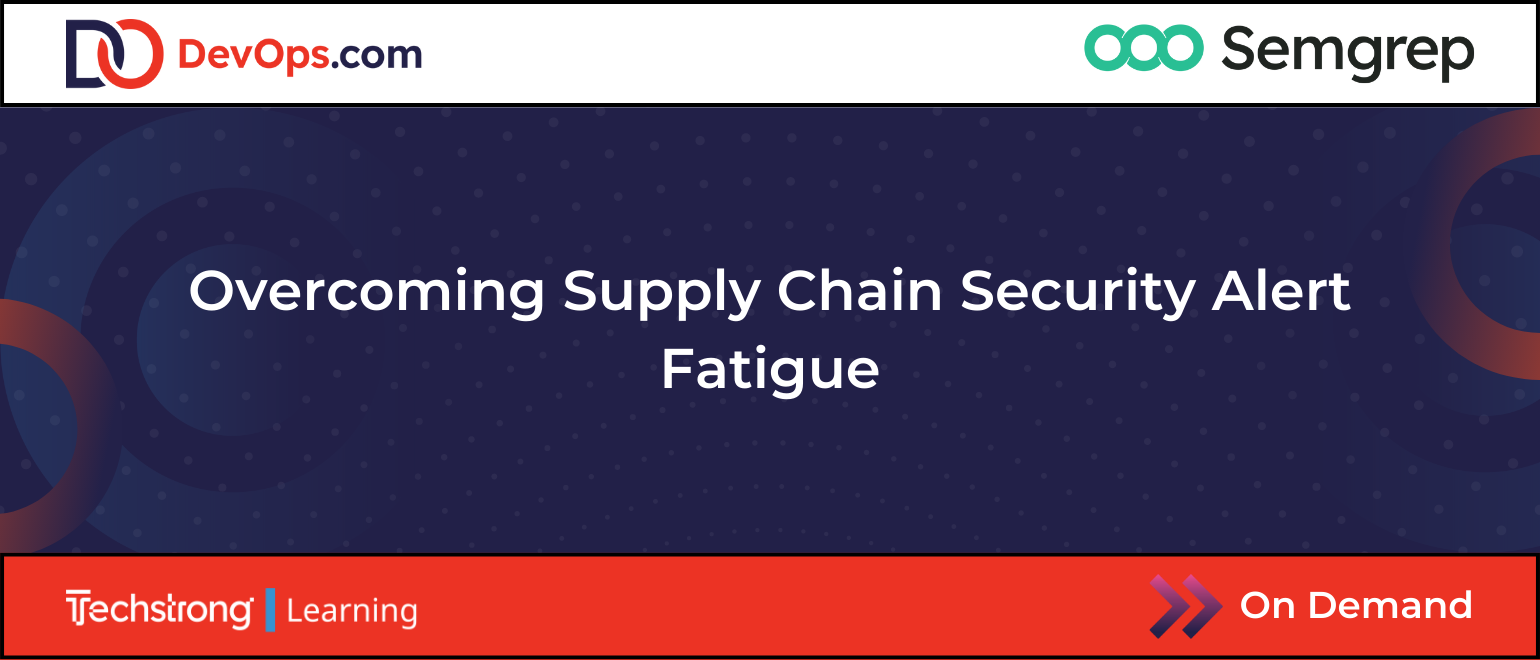Webinar
Think About Your Audience Before Choosing a Webinar Title

Sponsored by:
What You’ll Learn in This Webinar
When is a vulnerability not a vulnerability? It can get noisy in a security team or a SOC; the tendency for security tools to alert on every potential anomaly, misconfiguration, change and potential vulnerability creates a tsunami of false positives and can lead to overwhelm, burnout and alert fatigue. And that can increase the chance that an actual vulnerability will be ignored and exploited, leading to a breach or attack. Even if a true positive is found, the impact of that vulnerability may not be significant enough to push it to the top of the priority list. But how can you tell the difference?
This Techstrong Learning session presents a counterintuitive approach to strengthening security--by ignoring over 90% of security vulnerability alerts. Using specific examples, experts illustrate how organizations can ignore alerts with high confidence, and how this enables a marked shift in security workflows and behavior.
Register Today to Learn:
- How your team can prioritize different security vulnerabilities
- What are reachable vulnerabilities and why they're different from other types
- Strategies for security and developer teams to collaborate







